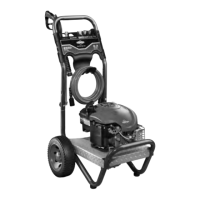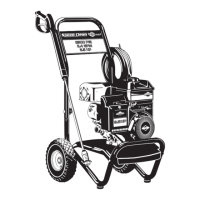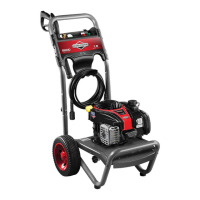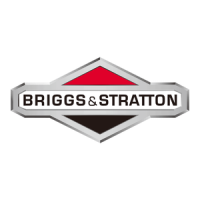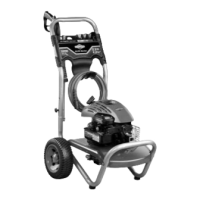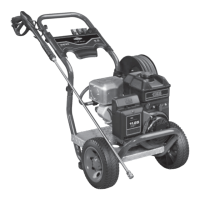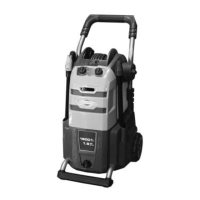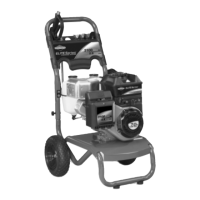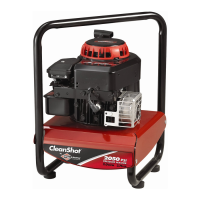How to fix a Briggs & Stratton 2550 PSI engine that won't start?
- AAlan GonzalezAug 12, 2025
If your Briggs & Stratton Pressure Washer engine won't start or runs rough, check these potential causes: 1. Low oil level: Fill the crankcase to the proper level. 2. Dirty air cleaner: Clean or replace the air cleaner. 3. Out of fuel: Fill the fuel tank. 4. Stale fuel: Drain the fuel tank and fill with fresh fuel. 5. Spark plug wire not connected: Connect the wire to the spark plug. 6. Bad spark plug: Replace the spark plug. 7. Water in fuel: Drain the fuel tank and fill with fresh fuel.
